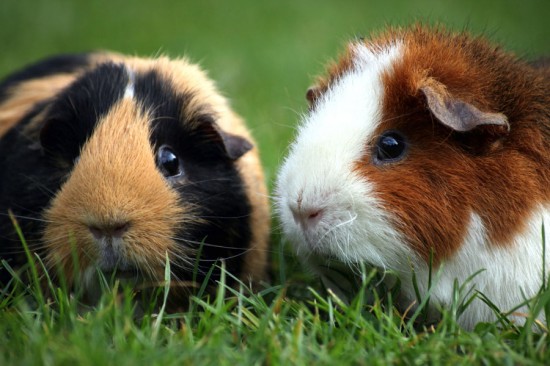It is within a horse's biology to behave in ways that resemble their innate desire to be around other horses. While this is not always a negative thing, occasionally it results in a horse that panics when it is required to leave its herd or a particular equine buddy. When this behavior usurps what its handlers want it to do, it is called a 'buddy-sour horse'.
Signs of a Buddy-Sour Horse
A buddy-sour horse may whinny constantly, try to run back to the barn or get overly excited when they have to leave the vicinity of another horse or horses. In each case, the buddy will respond to his whinny with a nicker of his own. As the distance increases between the two horses, one or both may buck, rear, toss their head, or try other tactics to return to their pasture buddy.
In the case of a buddy-sour horse, their emotions are out of control. Dealing with this issue does not have a simple fix. It takes a lot of time and patience to help your horse feel comfortable with its emotions and to relax without the companionship of nearby horses.
Here are a few tips for coping with buddy-sour separation anxiety:
- spend more time with your horse when you are out of the saddle; groom, feed and talk to him to improve your bond and establish a better trust
- begin by separating your horse and his buddy between a fence allowing them to maintain visual contact and nuzzle each other
- walk your horse in a small circle moving your horse's head out of visual contact from his buddy for only a split second
- continue with small circles until you feel your horse is becoming comfortable with them; then move to a wider circle
- go back to a smaller circle if your horse starts to show distress in the bigger circles; stick with the small circles until comfort is re-established
- have another handler start to move the buddy away from the fence for short periods to allow your horse to become comfortable seeing the buddy leave and return
- keep the horses in visual contact during the initial separation and let the horses reunite until both horses are calm
- increase the distance from the fence gradually once the buddy-sour horse shows he is accepting the distance
- keep practicing this leave and return pattern until you can leave for longer periods of time
Safety Rules
Remember that your horse is not in control of his emotions; you need to take measures to ensure he does not harm himself, you or other horses. Make sure the parameter of the pen or pasture is safe and free of wire fences. Do not leave him tied or alone during this period.
Helpful Hints
During the initial phase, when you are circling the buddy-sour horse, only, take measures to ensure the buddy horse stays tied to the other side of the fence. Engage the help of another handler for this. If the buddy horse leaves the fence and dashes out to pasture during the training, it will not help to alleviate the anxiety of the buddy-sour horse.
You and the handlers need to remain in control of the exercises. If it gets to the point in the training where the horse is leading the course of action, the horse will not learn to accept its independence from the buddy. If this happens, go back a step and repeat it until the horses are calm. These steps can also be done safely from the saddle as long as you are confident in your skill level.
Repetition and patience is the key component in dealing with anxiety. Horses are highly intelligent animals. Eventually the horse will understand that his buddy will return and will learn to accept this without suffering emotional stress.

 Why Do Dogs Lick Other Dogs Or People On The Mouth?
Why Do Dogs Lick
Why Do Dogs Lick Other Dogs Or People On The Mouth?
Why Do Dogs Lick
 Babies And Dogs... Introducing Your Dog To Your New Baby
Babies And Dogs..
Babies And Dogs... Introducing Your Dog To Your New Baby
Babies And Dogs..
 How To Raise Two Dogs Together And Manage Their Respective Traits
How To Raise Two
How To Raise Two Dogs Together And Manage Their Respective Traits
How To Raise Two
 Cuy Or Guinea Pig - Living In Parallel Universes!
Cuy Or Guinea Pig
Cuy Or Guinea Pig - Living In Parallel Universes!
Cuy Or Guinea Pig
 Canine Hypothyroidism
Canine Hypothyroi
Canine Hypothyroidism
Canine Hypothyroi